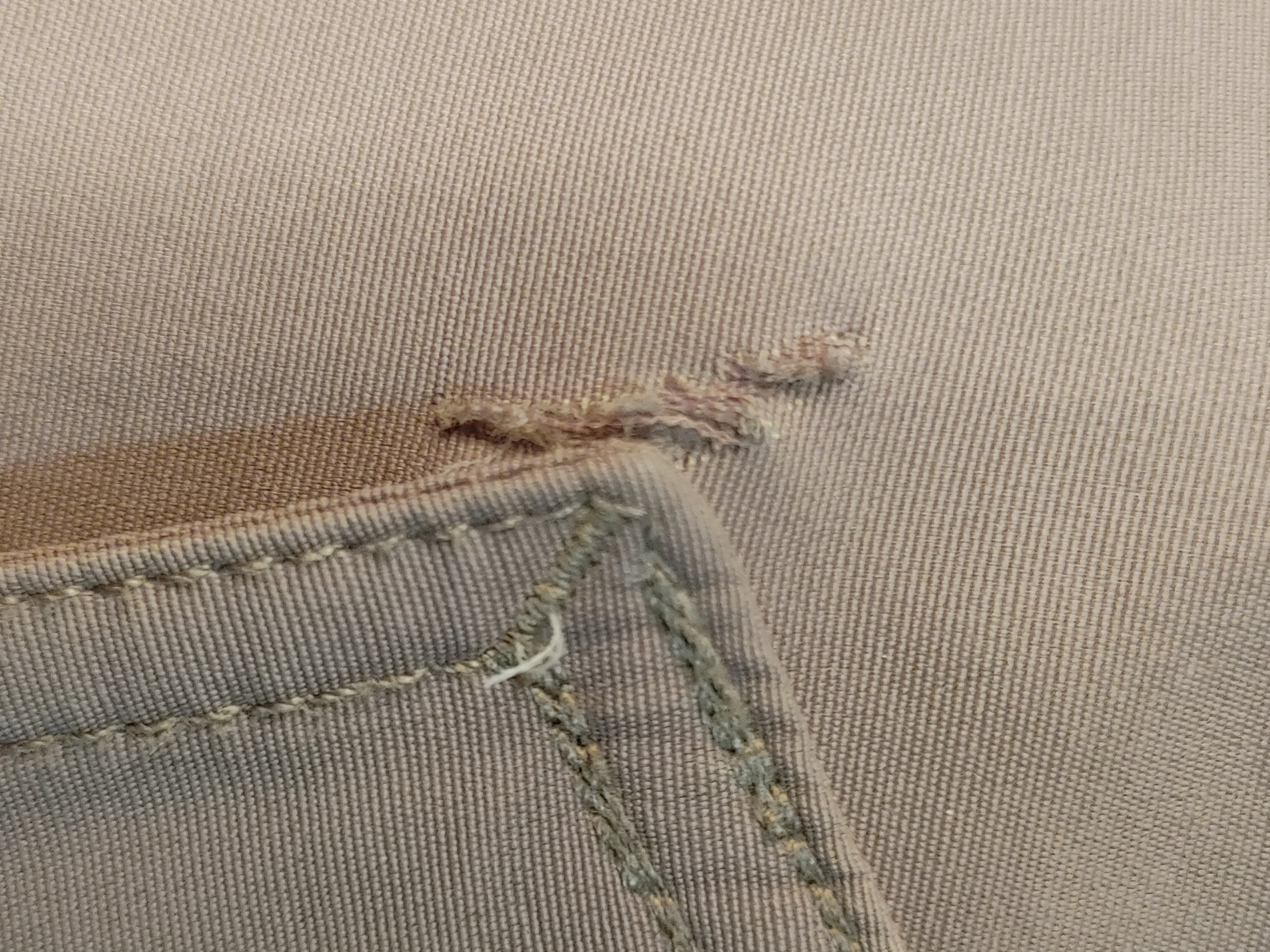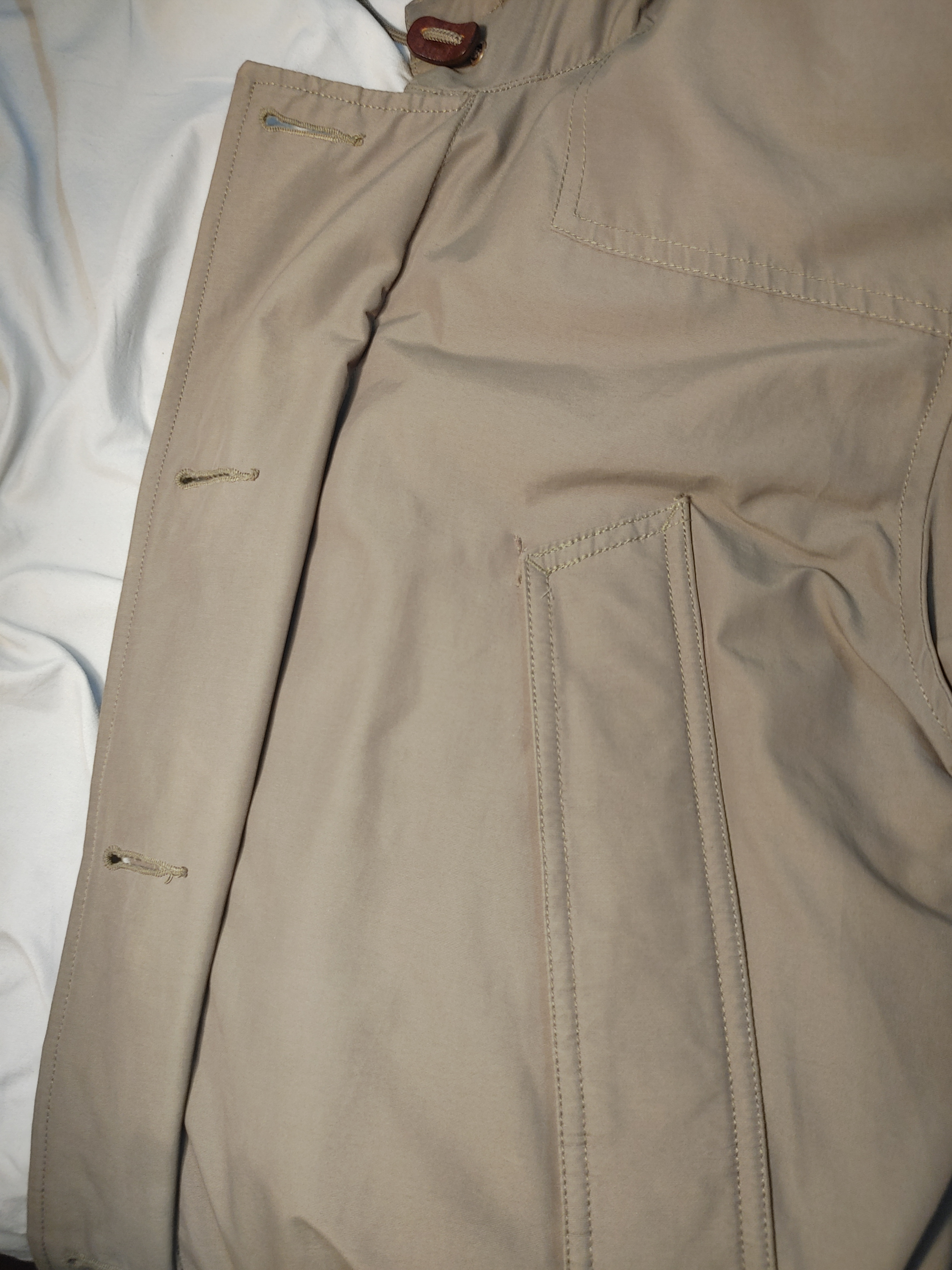this post was submitted on 22 Jan 2024
16 points (94.4% liked)
Sewing, Repairing and Reducing Waste
1498 readers
1 users here now
A place to share ideas, knowledge and creations with textiles. The focus is on reducing waste, whether that be sewing from the scraps left from other projects, using the end of rolls and remnants, or repairing and remaking finished pieces.
founded 2 years ago
MODERATORS
you are viewing a single comment's thread
view the rest of the comments
view the rest of the comments


Not sure what level of expertise you’re looking for, so sorry if you already know all this!
Edit: just realized I’m illiterate and that your post says INSTEAD OF a simple patch, not that you want to do a patch. 🤦♂️ Leaving this up in case the unnecessary spiel about how to do a patch in this situation helps someone else, lol. Although you can definitely incorporate a patch into a visible mend as well!
~Are you set on the patch, or are you open to doing just decorative stitches over it?~ At that size something like a satin stitch or long and short stitch should hold it together well. Just be sure to give a bit of room between the edge of the hole and your stitches so that the fraying doesn’t extend into the stitching and undo it.
If you want to do the patch instead, probably the fussiest part is going to be getting the patch up to the edge of the pocket without awkwardly covering or stitching over the pocket, while also taking your stitching far enough away from the tear to keep it from fraying further. Probably all there is to do about that is pin the hell out of it while you’re sewing so that it lies nice and flush and navigate your needle under just the bottom layer of fabric under the pocket as best you can, if that makes sense.
For stitches to use with patches, I like to keep it simple and use running stitches, whip stitches, or backstitches. Backstitching takes more time but is really secure, running stitches are quicker and not quite as secure but I’ve never had them fall off in the wash or anything like that. Whip stitches are a nice medium of quick but secure and prevent fraying.
Can you start a YouTube channel please?
There’s a lot of really good channels on YouTube by people who are a lot more knowledgeable than me! The one I watch the most is more embroidery focused, but Sarah Homfray has YEARS of videos on stitching techniques that are pretty well categorized in playlists.
I think this is the direction I want to go (maybe even add a lil satin leaf). My biggest concern is that there isn't really any space right at the stitching that connects the pocket to the coat. I might cut the threads holding the pocket flap corner, add the satin sitch, then reattach the pocket flap corner.
Taking the pocket corner off will definitely let you make tidier stitches near the tear! Since the rest of the pocket will be attached you shouldn’t have too much trouble restitching everything back up. Please update when you’re finished, I love seeing other people’s visible mends 👍